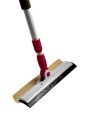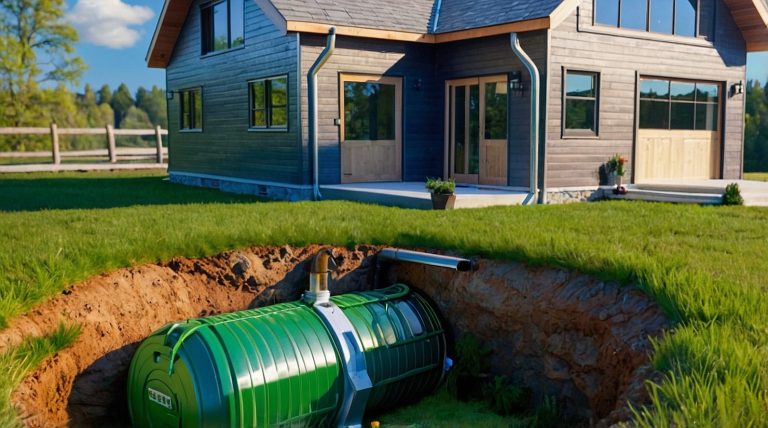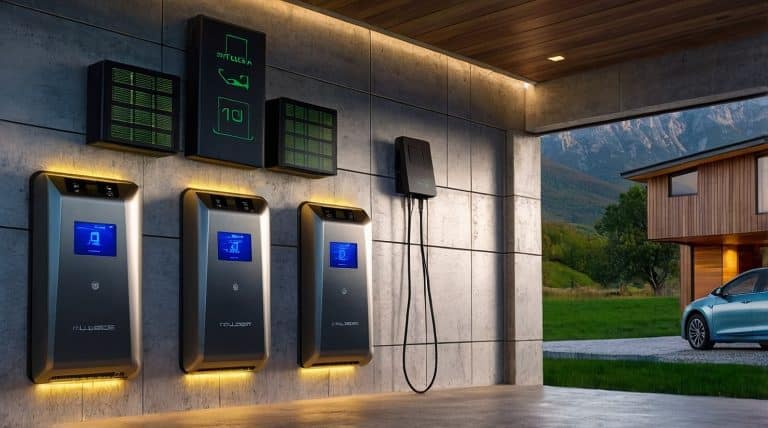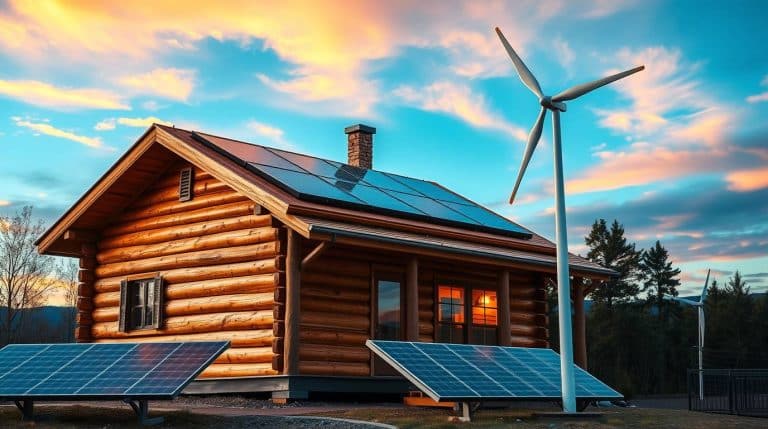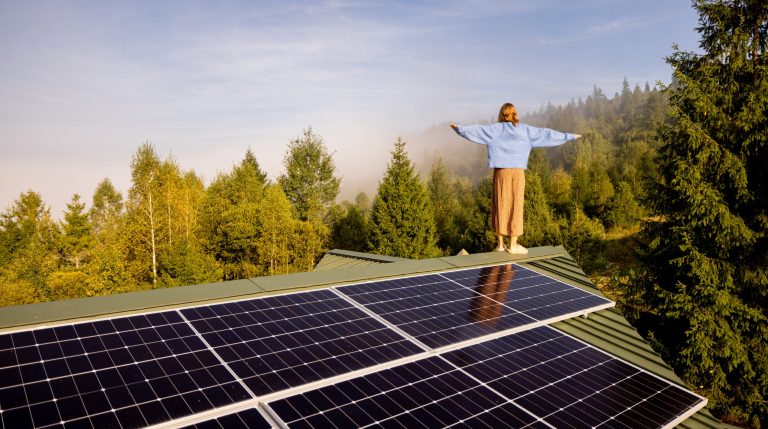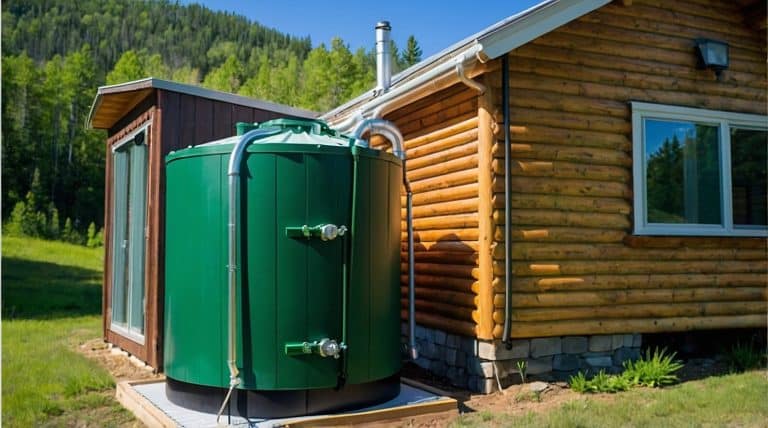5 Simple Steps on How to Clean Solar Panels Efficiently
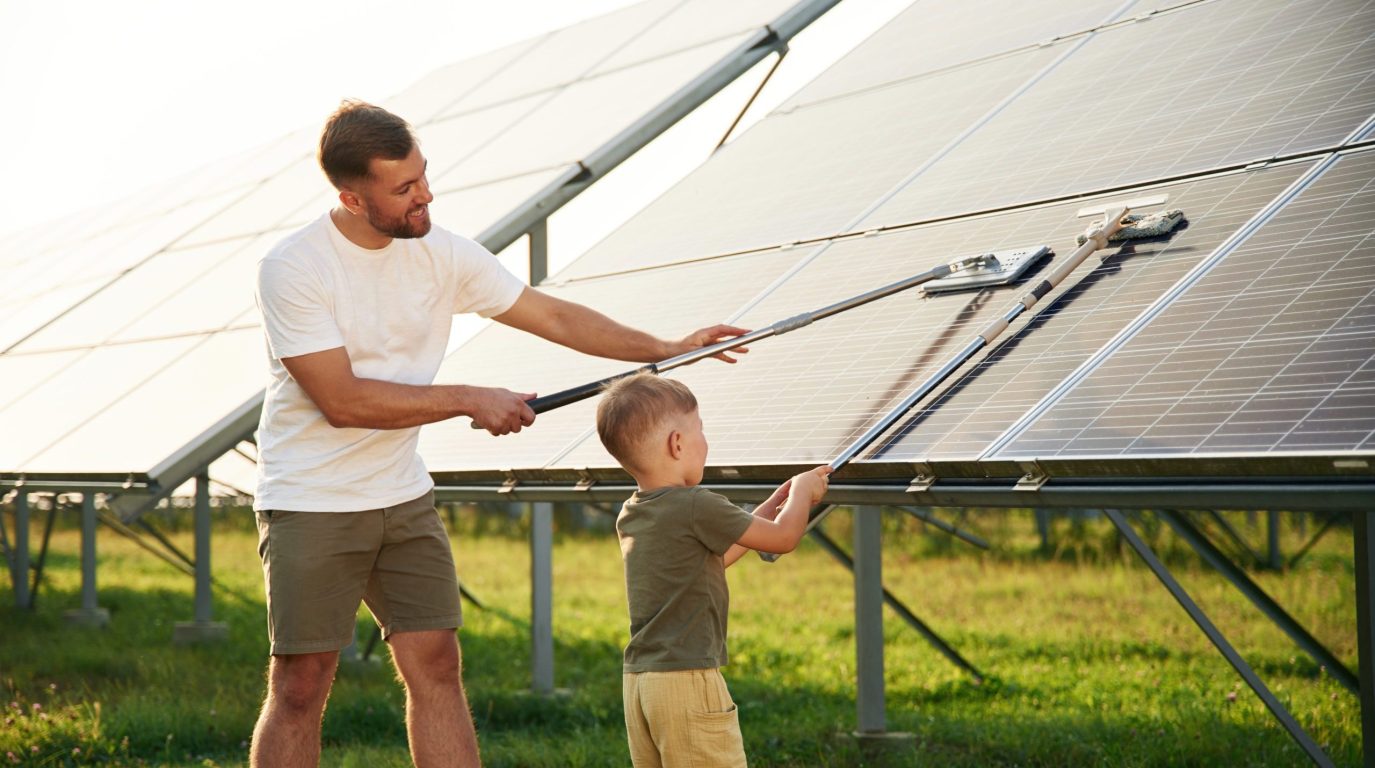
Solar panels are only as good as their cleanliness. Let dirt and debris build-up, and you’ll see a steady decline in performance and a shortened lifespan. This intuitive walkthrough will guide you step-by-step on how to clean solar panels safely and effectively using simple tools and modern techniques.
It doesn’t matter if you’re living off-grid or managing a homestead; this guide will provide sound advice tailored to your unique needs. When you learn how to clean solar panels, it won’t be to make them look nice, but it will also help them work more efficiently, which will mean more energy for your home and more money in your pocket.
You’ll learn how often to clean solar panels, how to deal with cloudy solar light panels, and how to keep your system running at peak performance. It doesn’t matter if you’re off-grid and living in the wilderness or the heart of the city; we’ve got you covered with the latest DIY tips to make your cleaning process much more fun and easier.
Why Clean Solar Panels?
Keeping your solar panels clean is essential for maximizing their efficiency and energy output. Over time, dirt, dust, bird droppings, and other debris accumulate on the surface, blocking sunlight and significantly reducing power generation. In fact, studies have shown that dirty solar panels can lose up to 7% of their energy production annually. This is why understanding how to clean solar panels properly is so important for maintaining optimal performance.
For those who are pursuing an off-grid lifestyle, mastering the process of how to clean solar panels is just one part of the bigger picture. Living off-grid requires a comprehensive approach to energy independence, water conservation, and sustainable living. If you’re ready to take your off-grid journey to the next level, check out our Ultimate Guide for Beginners on How to Live Off Grid. This in-depth guide will provide you with a solid foundation for how to live off grid successfully.
How Often Should You Clean Your Solar Panels?
The frequency of cleaning depends on your location and climate. Regular rainfall may require cleaning only once or twice yearly. If rain is scarce and debris accumulates, clean more often.
For those living off-grid or on homesteads, cleaning frequency may increase due to higher exposure to dust, pollen, and leaves. A sloped roof can help rain naturally rinse your panels, but manual cleaning may be required if debris builds up. If you’re wondering how often to clean solar panels, it’s important to consider seasonal changes. Pollen buildup can be a major issue in the spring, especially in wooded or rural areas.
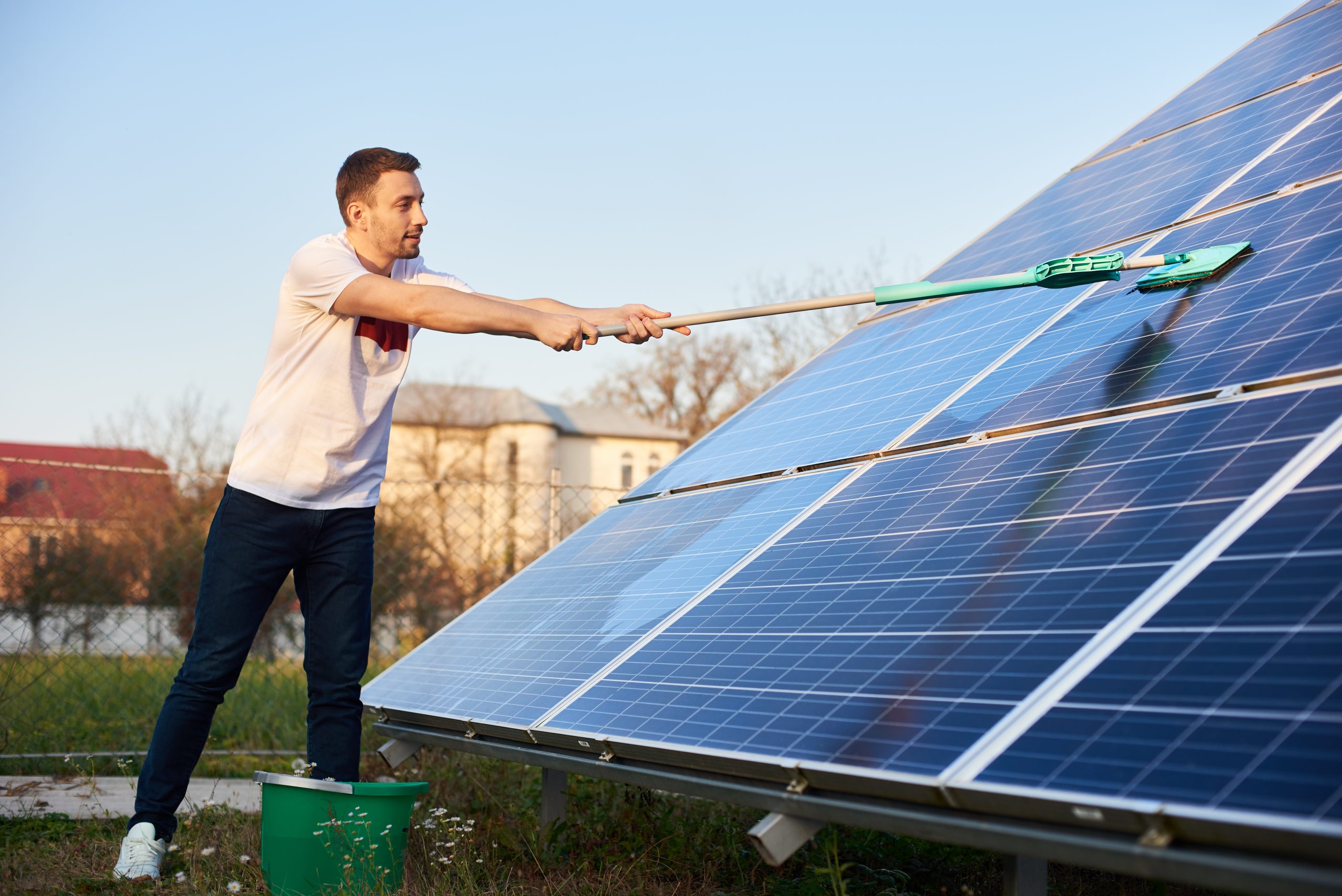
Similarly, fall leaves and debris can cover your panels, reducing efficiency. Regular inspections during these periods can help you maintain peak solar energy production.
If you’re living off-grid, learning how to clean solar panels before winter can make a big difference, as snow, ice, and grime are more difficult to remove in colder months.
Steps for How to Clean Solar Panels
1. Get Your Tools and Supplies Ready
Before you begin, gather all the essential tools and materials you’ll need. If you’re off-grid, you might not have access to some specialized equipment, but we’ve included simple alternatives for how to clean solar panels that work just as well.
- Ladder: A sturdy, telescoping ladder is ideal for easy transport and safe access, especially for roof-mounted panels. If a ladder isn’t available, consider using a long-reaching brush or extension pole to clean solar panels from the ground.
- Hose with Spray Nozzle: If you’re off-grid, a garden hose might not be an option. Consider using a rainwater catchment system or a portable water tank with a manual pump sprayer. These options allow you to direct water where you need it most.
- Bucket: Use a large, stable bucket to hold soapy water. A rectangular bucket works well on sloped roofs, but for off-grid setups, you might use any available water container with a wide opening.
- Soft Sponge: Choose a non-abrasive sponge that holds plenty of water and detergent. Off-grid homesteaders might repurpose a kitchen sponge or a car wash sponge.
- Soft-Bristled Brush: A telescoping handle brush allows you to clean hard-to-reach panels. If off-grid, you can modify a mop handle with a soft brush head for the same effect.
- Squeegee: A flexible blade squeegee helps dry panels and prevent water spots. If you don’t have one, a microfiber cloth wrapped around a flat object can work in a pinch.
- Microfiber Cloth: Essential for polishing and removing streaks or residue. If you’re off-grid, old t-shirts or clean rags can serve as makeshift microfiber cloths.
- Mild Detergent: Use biodegradable, eco-friendly soap. Dish soap works if you’re off-grid, but avoid anything with harsh chemicals.
Optional Tools:
- Garden Pump Sprayer: Perfect for off-grid setups where water conservation is key. A pump sprayer allows you to control water usage.
- Backpack Sprayer: Easier to handle on roofs and eliminates the need to carry buckets. Off-gridders can use it to spray soapy water, rinse, and repeat.
- Cordless Leaf Blower: It speeds up the drying process but is optional. When you are living off the grid, you’ll need to conserve battery power, so air drying with a microfiber cloth works just as well.
2. Choose the Best Time and Weather for Cleaning
Timing is everything! Off-grid living comes with its own weather challenges, so choosing the right conditions for how to clean solar panels is important.
Avoid Rain, Snow, or Wind: Rain and snow can dilute soap, and wind can blow dust and debris back onto the panels. Wait for a clear, calm day to clean.
Consider Local Climate: If you’re in a dusty or arid environment, you’ll need to clean your solar panels more frequently. If you’re in a rainy region, you may only need to clean them a few times a year.
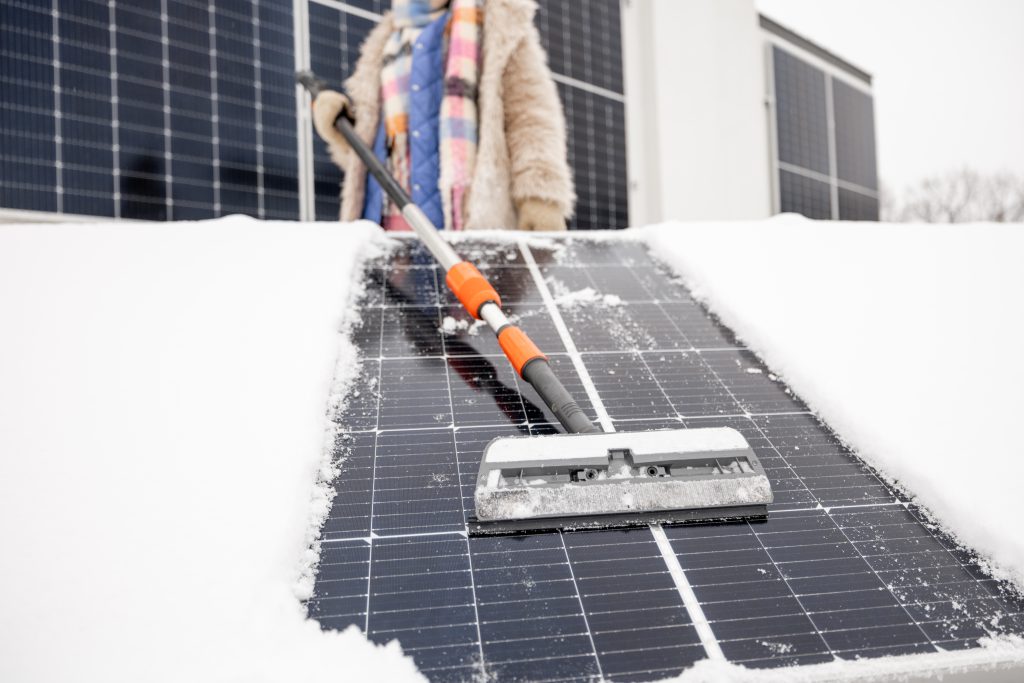
Avoid High Temperatures: Cleaning solar panels in direct sunlight causes water to evaporate too quickly, leaving streaks and spots. Early morning or late afternoon are the best times to clean. If you’re on a homestead, these cooler times of day are also safer for working on the roof.
Pro Tip: If you’re wondering how often to clean solar panels, aim for at least twice a year. In drier or dustier climates, check them quarterly for grime buildup.
3. Safely Access and Inspect Your Solar Panels
Before you start scrubbing, it’s essential to inspect your solar panels for damage and ensure you can access them safely. Learning how to clean solar panels safely is a very important part of the process.
Safety Precautions
Turn Off Your System: Follow the manufacturer’s instructions to prevent electric shock. Solar panels continue generating solar energy when exposed to sunlight, so it’s critical to switch off the power supply. Consult an expert if you’re unsure how to turn off your system safely.
Avoid stepping directly on the panels, which can cause cracks and reduce efficiency. Gloves and a sturdy ladder are essential for safe rooftop access.
Use a Secure Ladder or Ground-Based Tools: Ensure the ladder is stable and placed on a flat surface. If you’re off-grid and don’t have access to a ladder, consider using a long-reach water-fed pole or brush to perform solar cleaning from the ground. This method reduces the risk of injury and allows you to avoid climbing altogether.
Inspect the Panels: Before you begin cleaning, check for cracks, chips, or accumulated debris that could impact panel efficiency. Look for signs of corrosion or loose connections.
If you’re dealing with cloudy solar light panels or panels covered in dirt buildup, approach with patience and use gentle cleaning techniques to avoid causing damage. Avoid the temptation to pressure wash the panels, as high-pressure water can damage the surface and internal components.
4. Wash, Rinse, and Dry Your Solar Panels
The previous steps have all been about preparation and proper safety; now, we are on to the main event. Here’s how to clean solar panels efficiently when you’re off-grid or homesteading.
- Rinse the Panels: Grab your pump sprayer or a container with a small nozzle to rinse away dirt. Avoid the temptation to use your pressure washer, as it can damage the panels.
- Apply Soapy Water: Dip a soft brush or sponge into the soapy water. Scrub in gentle, circular motions. If you’re wondering how to clean cloudy solar light panels, this method works for those, too.
- Rinse Again: Use clean water to wash away the soap. A second round with the pump sprayer is ideal if your water source is limited.
- Dry the Panels: The final step in the cleaning process is to use a squeegee or microfiber cloth to remove excess water. For off-grid setups, air drying may be necessary.
Pro Tip: If you’re dealing with hard water, rinse your solar panels with distilled water to prevent mineral deposits.
5. Test Your Solar Panel Performance
Once your panels are clean, it’s time to make sure they’re working as efficiently as possible. Start by turning the system back on and checking your solar energy monitoring app, inverter display, or system dashboard. Look for signs of increased energy production compared to before the cleaning.
If your system has an online monitoring platform, review historical data to see if there’s an improvement in energy output. If the numbers haven’t improved, inspect the panels for any missed spots, residual dirt, or possible damage that may be affecting performance. Sometimes, stubborn grime or mineral deposits can still cling to the surface, so a second cleaning may be necessary.
Panel efficiency depends on clean, unobstructed surfaces, so check for any new debris that may have accumulated during the cleaning process. If everything appears clean but production is still low, you may need to check for other issues, such as shading from nearby trees or mechanical problems. Regularly testing your solar panel performance is crucial for maintaining maximum efficiency and ensuring you’re getting the most out of your solar energy system.
Should You Hire a Professional Solar Panel Cleaning Service?
It is one thing to know how to clean solar panels effectively, but what if you don’t particularly want to do it all the time? What if you need someone else to take the chore off your plate?
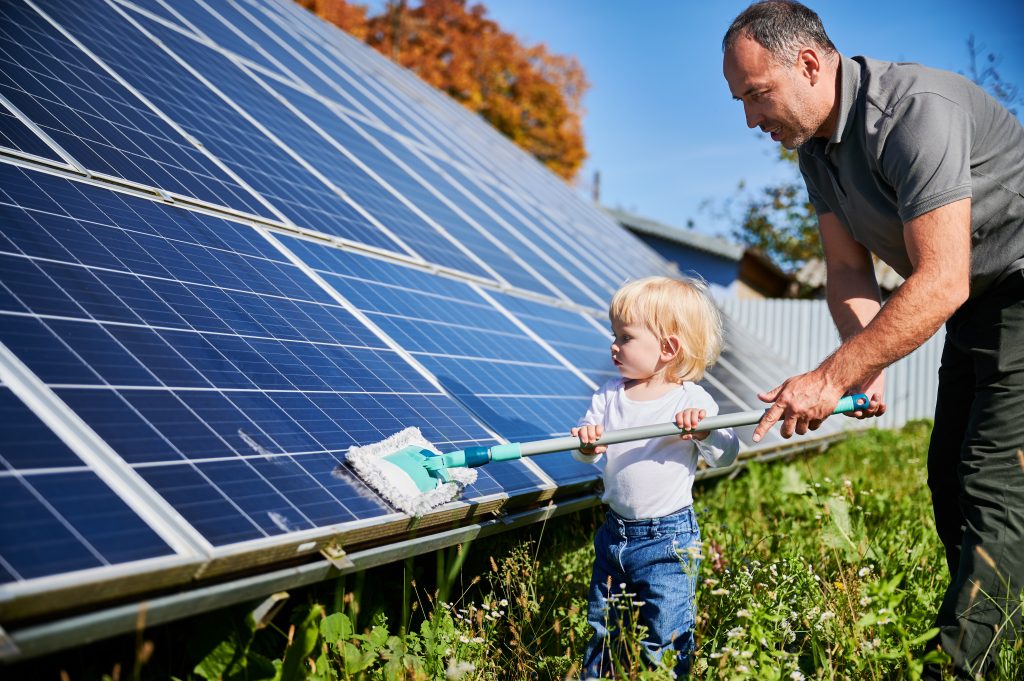
DIY cleaning is cost-effective, but professionals are valuable, especially for those hard-to-reach panels.
They have experience with heights and specialized equipment and often use high-reach water-fed poles and soft brushes for non-abrasive cleaning. Maintaining high efficiency is important, especially in dry, hot climates where debris can impact energy conversion.
Some services use purified water to avoid residue. A cleaning solution without harsh chemicals is a good idea. Consider factors such as how often to clean solar panels, safety considerations when removing snow, and the overall panel maintenance requirements when deciding whether to hire a professional.
FAQs About How to Clean Solar Panels
Conclusion
Cleaning solar panels doesn’t have to be a complicated chore. By following simple methods and using the right tools, you can keep your solar panels operating at peak efficiency. Knowing how to clean solar panels properly can significantly affect energy production, panel lifespan, and your overall return on investment.
With the right approach, you’re not just protecting your solar energy system—you’re ensuring maximum efficiency and reducing the need for costly repairs. Plus, by keeping your panels clean, you’re maximizing the clean energy your system produces. A little maintenance goes a long way toward keeping your energy bills low and your solar power high.








